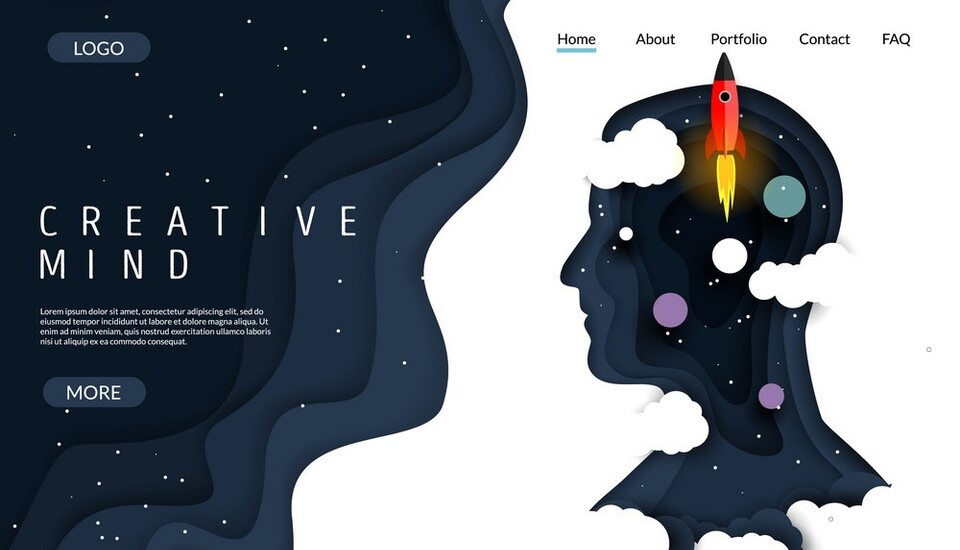Landing Page Designing
A well-designed landing page is a crucial component of any successful online marketing campaign. It serves as the entry point to your website and plays a vital role in converting visitors into leads or customers. To create an impactful landing page, consider incorporating the following key elements.
The headline is the first thing visitors see when they arrive on your landing page. It should be clear, compelling, and immediately convey the value proposition or offer. A well-crafted headline grabs attention and entices visitors to explore further.
- + Clear and Concise Headline
- + Compelling Call-to-Action (CTA)
- + Minimalist Design
- + Persuasive Content
- + Trust Indicators
- + Mobile Responsiveness


Captivating Landing Page Design: Key Elements for Success

By incorporating these key elements into your landing page design, you can create a
compelling and high-converting page that effectively engages visitors and drives
valuable actions. Remember to continuously monitor performance and make data-driven
optimizations for optimal results.
A strong and prominent CTA encourages visitors
to take the desired action, whether it's signing up for a newsletter, downloading a
resource, or making a purchase. Use action-oriented language that creates a sense of
urgency or exclusivity.
A clutter-free and visually appealing design is essential for a landing page. Avoid
distractions and keep the focus on the main message and CTA. Use high-quality images
or videos that resonate with your target audience.
The content on the landing
page should be persuasive and concise. Clearly explain the benefits of the offer and
address potential pain points of your target audience. Use bullet points and
subheadings to make the content scannable.

FAQs of Landing Page Designing
A landing page is a standalone web page created specifically for a marketing campaign or promotion. Its primary purpose is to encourage visitors to take a specific action, such as signing up for a newsletter, downloading a resource, or making a purchase. Landing pages are essential for driving conversions and optimizing marketing efforts.
A landing page and a website's homepage serve different purposes. While a homepage provides an overview of a company's offerings and directs visitors to various sections, a landing page is focused on a single offer or campaign. It eliminates distractions and guides visitors toward a specific call-to-action (CTA).
An effective landing page should include a clear and compelling headline, a persuasive value proposition, a strong call-to-action (CTA), trust indicators like testimonials and security badges, high-quality visuals, and a mobile-responsive design. These elements work together to engage visitors and drive conversions.
To optimize a landing page, consider conducting A/B testing. Test different elements such as headlines, CTAs, images, form fields, and layouts to determine which variations generate higher conversion rates. Analyze the data to make informed decisions on improving your landing page's performance.
Including a lead capture form on your landing page depends on your campaign's goals. If your objective is to collect leads, a well-optimized form can be valuable. However, keep the form fields minimal and ask for only essential information to avoid deterring visitors from completing it.











